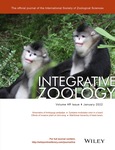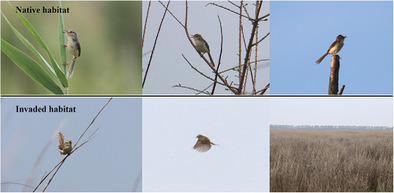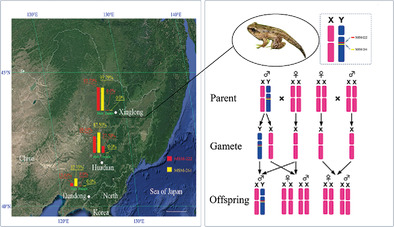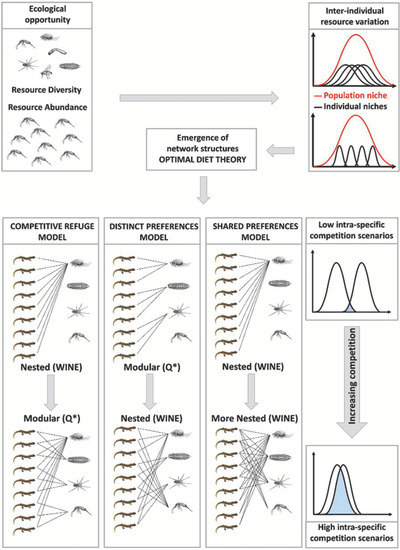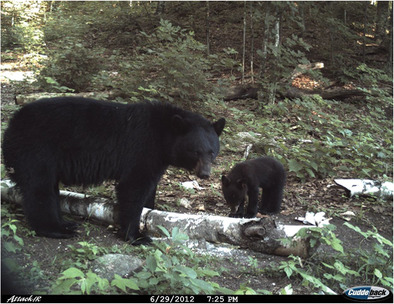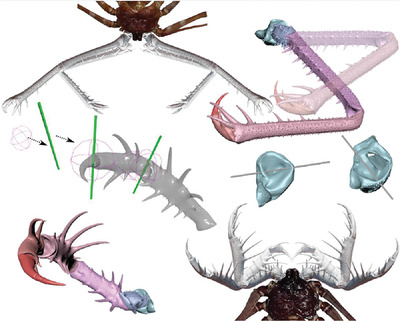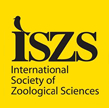Journal list menu
Export Citations
Download PDFs
ISSUE INFORMATION
REVIEW
Bats and their vital ecosystem services: a global review
- Pages: 2-23
- First Published: 18 May 2021
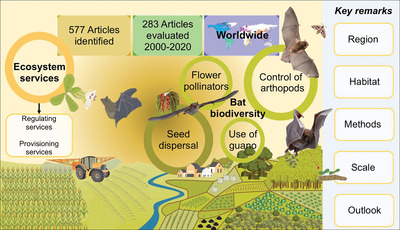
Bats provide multiple and valuable ecosystem services. Prior reviews have not been exhaustive. Here, we evaluate the research and impact of regulating and provisioning services bats provide using an up-to-date comprehensive global review. We selected 283 experimental studies that had a clear research question or hypothesis. Key remarks:
1. Most studies have been conducted in the Neotropical and Palearctic regions, and in deserts and forests.
2. The most common methods to assess ecosystem services have been insect traps, fecal samples, mist nets, and acoustic monitoring.
3. To improve the evaluation of the services provided by bats, we need to use standardized methodologies to look at variations in diet at multiple spatial andtemporal scales.
4. We need to calculate and highlight the value of ecosystem services, foster additional environmental education programs with multiple stakeholders, and prioritize conservations needs to protect bats. These actions are urgent, especially as the pandemic continues in many areas of the world.
ORIGINAL ARTICLES
A new chelonibiid from the Miocene of Zanzibar (Eastern Africa) sheds light on the evolution of shell architecture in turtle and whale barnacles (Cirripedia: Coronuloidea)
- Pages: 24-43
- First Published: 18 May 2021
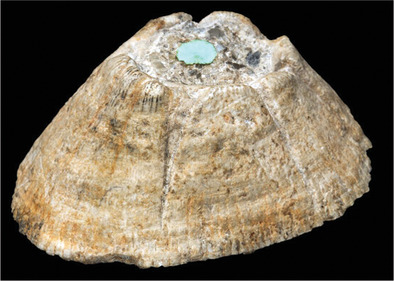
We reappraise a fossil chelonibiid specimen from the Miocene of insular Tanzania that was previously referred to the living species Chelonibia caretta. This largely forgotten specimen is here described as the holotype of the new species †Chelonibia zanzibarensis. Microscopical analyses reveal that †C. zanzibarensis grasped its host's integument in much the same way as many modern coronulids—an observation that strengthens the unity of the turtle and whale barnacles while shedding some additional light on the evolution of the coronuloid shell structure in adapting to a broad spectrum of hosts.
Epistatic interactions between pterin and carotenoid genes modulate intra-morph color variation in a lizard
- Pages: 44-53
- First Published: 03 July 2021
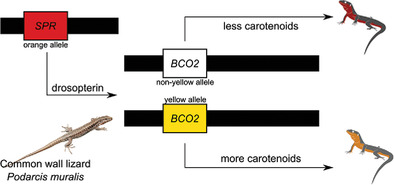
Continuous variation within discrete color morphs has been greatly overlooked in the study of color polymorphisms. Combining visual models and genetic data to study intra-morph variation in the polymorphic lizard Podarcis muralis, we show that the genes associated with orange coloration (sepiapterin reductase [SPR]) and yellow coloration (beta-carotene oxygenase 2 [BCO2]) interact to generate intra-morph continuous variation in orange lizards.
The intriguing giant deer from the Bate cave (Crete): could paleohistological evidence question its taxonomy and nomenclature?
- Pages: 54-77
- First Published: 16 March 2021
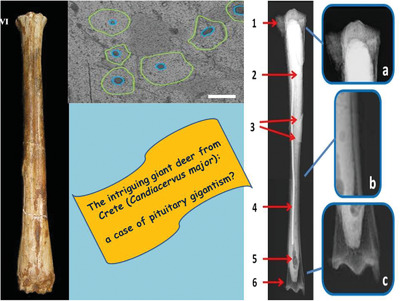
Morphological, radiological, and histomorphometric analyses conducted on the bones that are the paratype and holotype of Candiacervus major suggest that this giant Cretan deer would have been affected by pituitary gigantism. This implies that:
1) One case of pituitary gigantism is described in an extinct animal for the first time
2) A well-known exception to the island rule ceases to exist
3) Paleohistology can make a contribution to solving taxonomic problems
Positive effect of spring advance on the diet quality of an alpine herbivore
- Pages: 78-92
- First Published: 04 July 2021
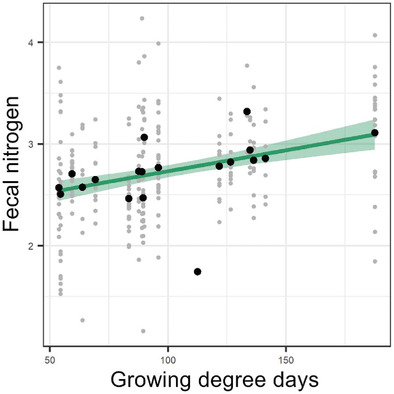
Our long-term study shows that the ongoing advancement of spring onset is leading to an earlier access to highly nutritious early-growing plant stages, increasing diet quality in Pyrenean chamois. However, these earlier spring onsets had no effect on the diet composition, this latter being rather related to population densities. Thus, while consuming the same proportions of plant groups, chamois obtained a more nutritious diet during earlier springs.
Song variation of a native songbird in a modified habitat by invasive plant
- Pages: 93-104
- First Published: 03 July 2021
Male heterogametic sex determination in Rana dybowskii based on sex-linked molecular markers
- Pages: 105-114
- First Published: 12 July 2021
Weighted individual-resource networks in prey–predator systems: the role of prey availability on the emergence of modular structures
- Pages: 115-127
- First Published: 07 January 2021
Analysis on the relationship between winter precipitation and the annual variation of horse stomach fly community in arid desert steppe, Northwest China (2007–2019)
- Pages: 128-138
- First Published: 13 July 2021
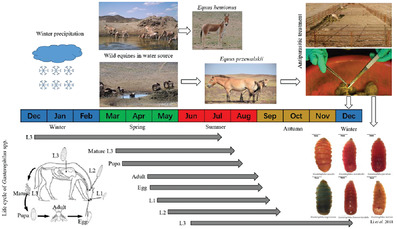
The botfly infestation intensity of Przewalski’s horses were investigated for 13 years in Kalamaili Nature Reserve, China. The intensity and composition of botflies were affected by winter precipitation indirectly in Przewalski’s horses. The distribution of artificial water sources sites should be considered for decreasing the intensity of equines during the infection period of botflies.
Matrilinear hierarchy in the American black bear (Ursus americanus)
- Pages: 139-155
- First Published: 08 September 2021
Kinematics of whip spider pedipalps: a 3D comparative morpho-functional approach
- Pages: 156-167
- First Published: 16 September 2021
Invasion and defense of the basic social unit in a nonhuman primate society leads to sexual differences in the gut microbiome
- Pages: 168-180
- First Published: 09 November 2021
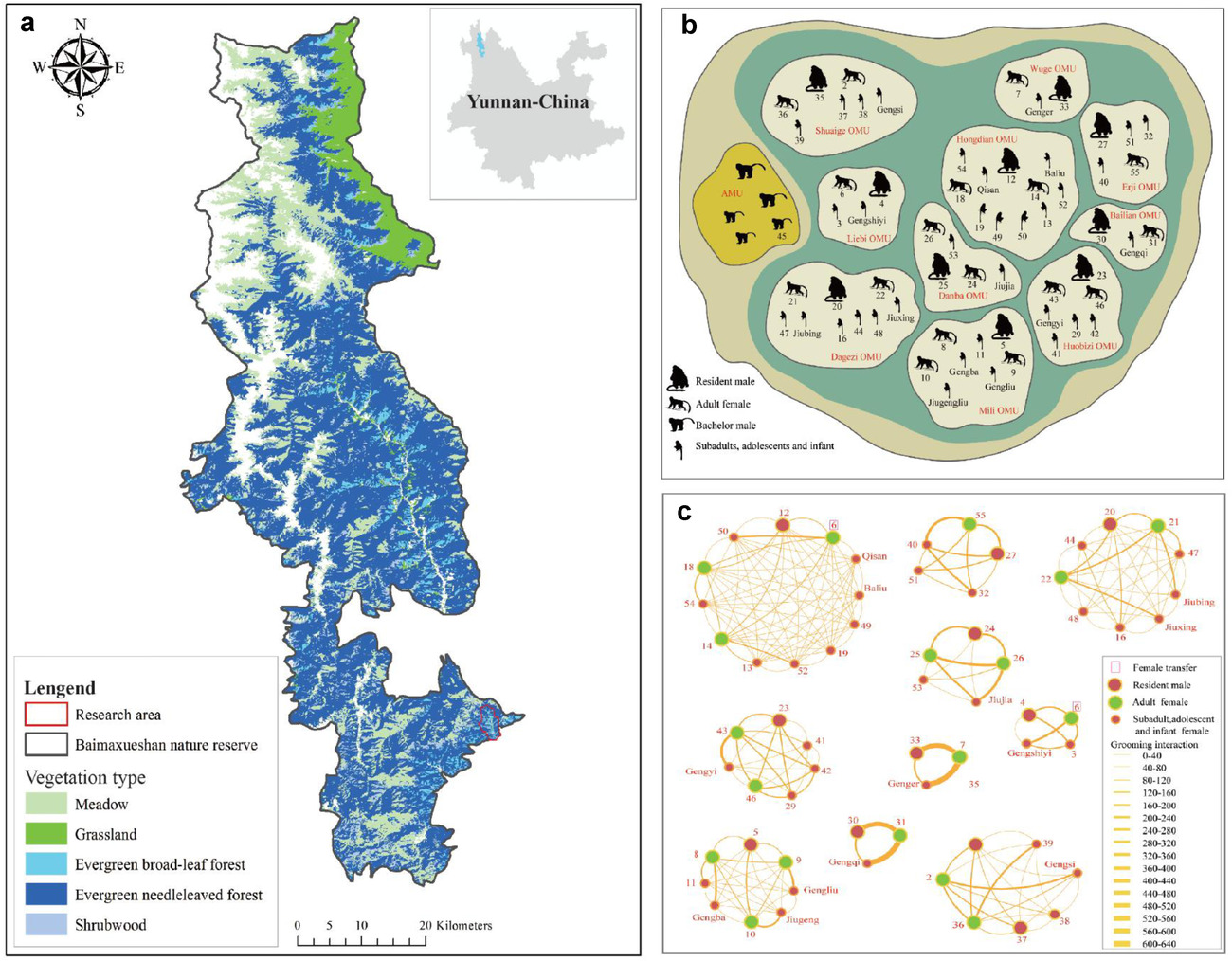
The multilevel society in the Yunnan snub-nosed monkeys (Rhinopithecus bieti). Here, based on 11 years of wild-field observation (e.g. social unit dynamics, transfer, and behavior), we revealed the potential connection between the defense and invasion of social units and the gut microbiome community in wild Yunnan snub-nosed monkeys. We provided evidence that multilevel societies have a profound effect on the gut microbiome in this wild nonhuman primate species. The gut microbiome might be used as a proxy for social structure.
SHORT COMMUNICATION
Slow and steady wins the race: contrasted phylogeographic signatures in two Alpine amphibians
- Pages: 181-190
- First Published: 12 January 2021
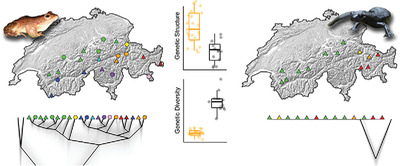
Contrary to common expectations, the slow-dispersing and habitat specialist Alpine salamander (Salamandra atra) shows higher intrapopulation diversity and interpopulation gene flow than the mobile generalist common frog (Rana temporaria) in the Swiss Alps. Their discordant phylogeographic patterns are best explained by historical processes linked to the Quaternary glaciations, together with intrinsic differences in population dynamics.




